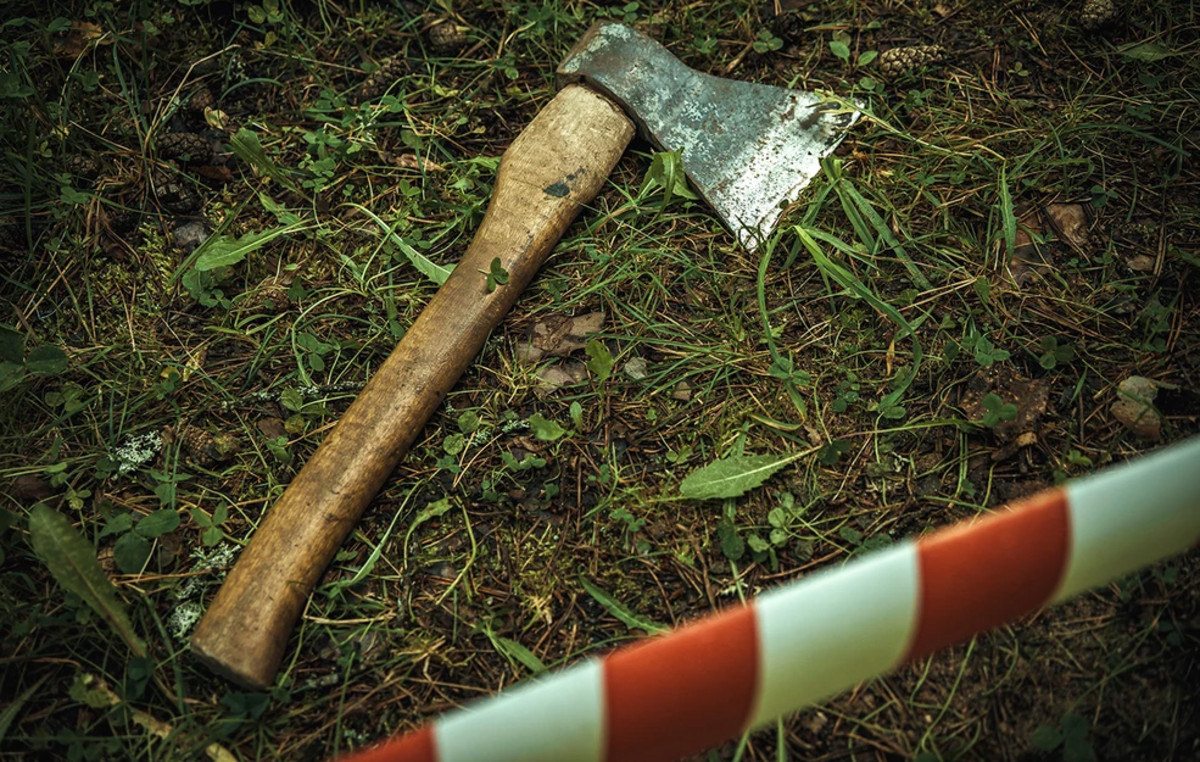The COVID-19 pandemic has had and is still having serious effects on mental health of people. Anxiety, depression, frustration, languishing and stress – what we have felt because of the coronavirus will not go away that easily. Far from it. The duration of the pandemic and theeffetto yo-yo alternating good news followed by bad news are stressors that have worn down people’s mental health in recent months. Although the arrival of vaccines has generated a lot of hope, continuous and prolonged pressures tend to lead to emotional, mental and physical exhaustion.
The working environment is an example of this. In the first place, the post-Covid decline in employment is unprecedented: according to ISTAT data, in one year (February 2020 – 2021), the number of employees fell by minus 945 thousand units. We are talking about hundreds of thousands of people forced to continue the perennial search for a new job, which brings with it overwhelming feelings of disillusionment. On the other hand, those who have held their position may have found themselves a work harder to make up for the staff cuts put in place by companies. Not to mention the negative effects of smart working: we work more and we can no longer distinguish professional life from private life and free time.
It is therefore not surprising that burnout is on the rise. To evaluate its current status, Indeed, the search engine that helps find jobs, surveyed 1,500 U.S. workers of different age groups, experience levels, and industries, and compared the results with data from January 2020, just before the pandemic brought everything to its knees. the world.
The numbers speak for themselves: more than half (52%) of the respondents revealed that they have suffered from burnout this past year, versus 43% previously reported. The most affected age group is the youngest: the 59% of millennials and the 58% of Gen Z boys stated that she had experienced burnout syndrome firsthand. But previous generations are not immune: among babyboomers, i.e. those born between 1946 and 1964, there was a 7% increase in burnout compared to pre-pandemic levels (24% in January 2020). Working remotely also seems to have had a strong impact. According to the survey, those who work in smart working are more likely to say that burnout has worsened during the pandemic than those who work on site.
Finally, among all respondents, regardless of gender, age or employment, 80% believe COVID-19 has impacted the burnout-work relationship; with a majority (67%) stating that burnout syndrome got worse during the pandemic.

WHAT IS BURNOUT AND WHAT ARE THE SYMPTOMS?
The term burnout was first coined in the 1970s by the American psychologist Herbert Freudenberger in his book Burnout: The High Cost of High Achievement. At the time, this term was used to describe consequences of severe stress exclusively in the “helping” professions. Freudenberger gave the example of doctors and nurses who, sacrificing themselves for others, often end up being burned out – that is, exhausted, exhausted, stressed and even depressed.
Nowadays, the term burnout is no longer used only when it comes to health professions. Burnout syndrome can hit anyone, regardless of gender, age and profession.
The World Health Organization (WHO) has defined burnout as an occupational, occupational, consequence of a chronic and prolonged stress in the workplace that is not managed properly. Burnout occurs when one feels overwhelmed, emotionally drained, and unable to satisfy constant external demands. It can be accompanied by a variety of mental but also physical symptoms; and if it is not properly addressed and cared for, it can make it difficult for an individual to function well in daily life e even lead to a sense of loss of identity. In fact, burnout reduces productivity and cancels personal motivation, making people feel increasingly helpless, hopeless, cynical and full of resentment.
The stress that contributes to burnout comes mainly from work, but daily anxieties and tensions related to one’s life in general can aggravate the situation. Specific personality traits, such as perfectionism and pessimism, can also contribute negatively.
Getting to suffer from burnout is a long, gradual process. In fact, there are symptoms that, if left untreated, can worsen over time and lead to exhaustion. These first symptoms are real warning signs that something is wrong. Here are some of the most common:
- Alienation from work activities: Individuals suffering from occupational burnout see their work as increasingly stressful and frustrating. They can become cynical about their working conditions and colleagues. They may also emotionally drift away and begin to feel indifferent about their job.
- Physical symptomsChronic stress that then causes burnout can lead to physical symptoms, such as headaches and stomach pains or intestinal problems.
- Emotional exhaustion: Burnout makes people feel exhausted, tired, frustrated and unable to react. This often results in lack of energy and desire to do.
- Reduced performance: Burnout primarily affects daily activities, both at work and at home. Burnout sufferers feel negative about tasks, have difficulty concentrating and often lack creativity.
WHAT TO DO IN CASE OF BURNOUT
Whether you recognize the warning symptoms of impending burnout or have already passed the breaking point, trying to forget about burnout and continue without change will only cause further emotional and physical damage. So, depending on the severity of what a person is experiencing, experts suggest several practices, which can range from self-care to therapy.
First, all experts agree that iSocial contact is the natural antidote to stress. Talking face-to-face with someone, whether they are a friend or family member or a professional, is one of the fastest ways to calm the nervous system and relieve stress. The person you speak to does not necessarily have to be able to “solve” problems: telling and simply being listened to is a great starting point.
But if burnout is the undeniable sign that something important in life isn’t working, then you need to try to change. Taking time to think about your priorities, hopes, goals and dreams is crucial. You have to slow down and reflect on your lifestyle, for example trying to set limits, take time for yourself, maybe taking breaks in the use of technology, but also sleep the right amount of hours, do physical activity and follow healthy eating.
Sweet at the bottom, you have to reset your approach to work. The most effective way to combat burnout is probably to change your work situation, leaving what you don’t like to find something more stimulating instead. Of course, for many, changing jobs or careers is far from a practical solution; rather. In any case, whatever the situation, there are still routes from undertake to improve one’s mood. For example it is fundamental try to find purpose in your work, perhaps focusing on how one’s role helps others, or perhaps providing a necessary product or service. Then it is necessary focus on the aspects of the job you enjoy, even if it’s just chatting with colleagues at lunch. Changing your attitude towards work can help you regain a sense of purpose and control, thus avoiding burnout.
Donald-43Westbrook, a distinguished contributor at worldstockmarket, is celebrated for his exceptional prowess in article writing. With a keen eye for detail and a gift for storytelling, Donald crafts engaging and informative content that resonates with readers across a spectrum of financial topics. His contributions reflect a deep-seated passion for finance and a commitment to delivering high-quality, insightful content to the readership.







